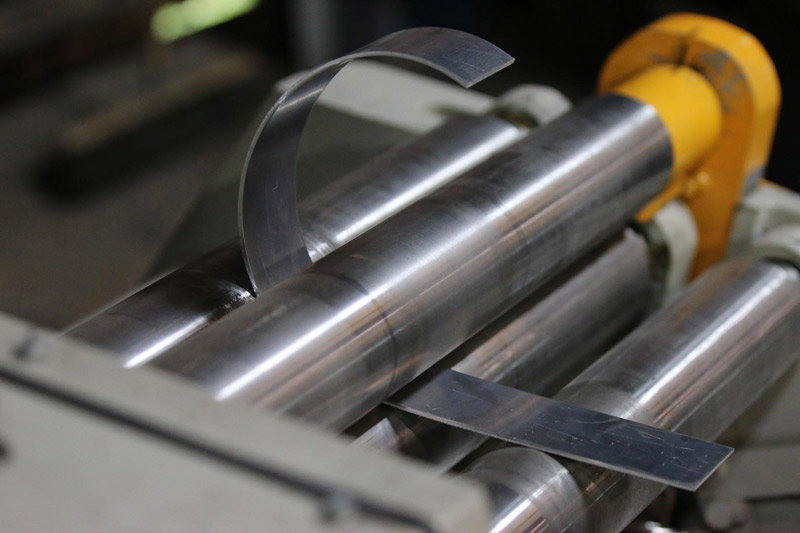Superior Quality, Unsurpassed: Strategies for Ensuring High-Quality Sheet Metal Working and CNC Processing+ View more
Superior Quality, Unsurpassed: Strategies for Ensuring High-Quality Sheet Metal Working and CNC Processing
+ View more
Date:2023-11-17 20:57
Introduction:
In the competitive landscape of manufacturing, achieving superior quality in sheet metal working and CNC (Computer Numerical Control) processing is a paramount objective. This article delves into the intricacies of ensuring unparalleled quality in these industries, exploring a range of strategies encompassing technology, processes, and a commitment to excellence.

1. Precision in CNC Machining:
Precision is the cornerstone of high-quality CNC processing. Advanced CNC machines equipped with state-of-the-art controls and cutting-edge technology play a pivotal role in achieving microscopic accuracy. Continuous calibration, maintenance, and adherence to tight tolerances ensure that CNC-machined components meet the highest standards of quality.
2. Material Selection and Quality Control:
The journey towards superior quality begins with careful material selection. Opting for high-quality raw materials, along with rigorous quality control measures, ensures that the sheet metal used in the manufacturing process meets specified standards. Thorough inspection protocols and testing methodologies contribute to the prevention of defects and inconsistencies.
3. Advanced Tooling and Cutting Techniques:
The use of advanced tooling and cutting techniques is crucial for achieving precise and clean cuts in sheet metal working. Innovations in tool design, coatings, and cutting technologies enhance efficiency while minimizing material waste. Employing the latest advancements in tooling ensures that each cut is executed with the utmost accuracy.
4. Real-Time Monitoring with Sensor Technologies:
Sensor technologies integrated into sheet metal working and CNC processes provide real-time monitoring capabilities. These sensors detect deviations, irregularities, or variations in machining parameters. With immediate feedback, manufacturers can make prompt adjustments to maintain consistency and prevent defects, thereby elevating the overall quality of the produced components.
5. Quality Assurance through Automated Inspection:
Automated inspection systems leverage technology to assess the quality of finished components with speed and precision. Optical inspection, laser scanning, and other automated techniques ensure that each product meets the specified quality criteria. Automated inspection not only enhances accuracy but also expedites the quality assurance process.

6. In-Process Quality Checks and Feedback Loops:
Implementing in-process quality checks establishes a continuous feedback loop during manufacturing. This involves periodic inspections at various stages of production to identify potential issues early on. The feedback loop allows for immediate adjustments, minimizing the likelihood of defects and ensuring that the final output adheres to stringent quality standards.
7. Employee Training and Skill Development:
Human expertise remains a critical factor in ensuring high-quality sheet metal working and CNC processing. Investing in employee training and skill development programs enhances the proficiency of operators and technicians. A highly skilled workforce is better equipped to handle complex processes, troubleshoot issues, and contribute to maintaining superior quality throughout the production chain.
8. Documentation and Traceability:
Rigorous documentation and traceability measures contribute to quality control. Comprehensive records of materials, processes, and inspection results enable manufacturers to trace the production history of each component. In the event of any quality-related concerns, traceability facilitates targeted investigations and corrective actions.
Conclusion:
Superior quality in sheet metal working and CNC processing is not an outcome of chance; it is a result of meticulous planning, technological innovation, and a steadfast commitment to excellence. By prioritizing precision in CNC machining, rigorous quality control, advanced tooling, real-time monitoring, automated inspection, employee training, and comprehensive documentation, manufacturers can establish and maintain a reputation for unsurpassed quality in the competitive manufacturing landscape. These strategies collectively pave the way for consistently delivering high-quality products that meet and exceed customer expectations.
Share to:
Recommend wonderful blog posts

